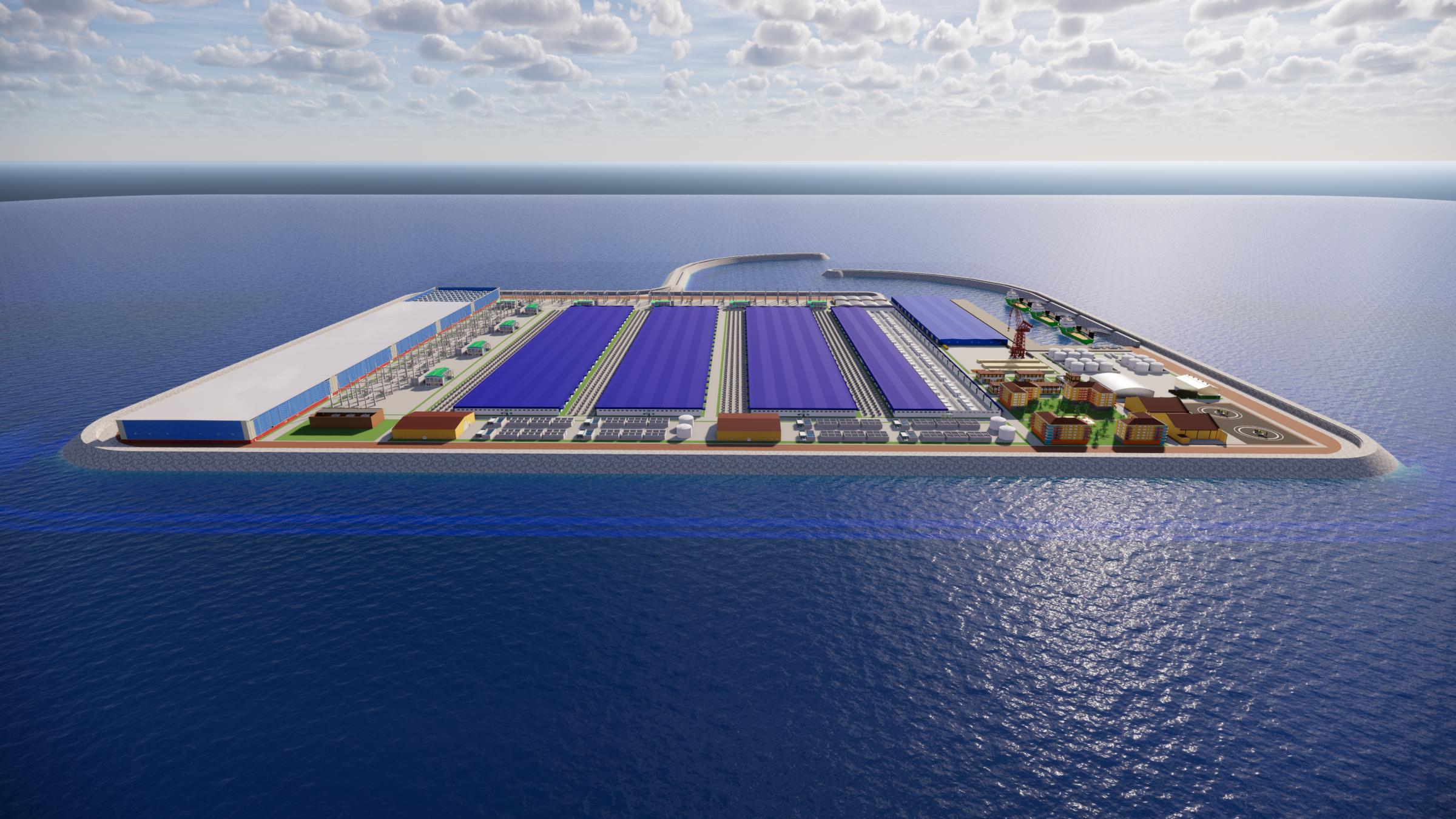
The North Sea will play a pivotal role in the energy transition. The further expansion of offshore wind farms, the offshore production of hydrogen and the storage of CO2 in empty gas fields will make the North Sea an exemplary region for Europe as it makes its way towards a climate-neutral energy system by 2050. By cleverly linking the infrastructure with all forms of energy production and integrating the energy systems of the North Sea, this goal quickly comes closer to realisation and billions of euros can be saved.
This was one of the important conclusions of the North Sea Energy (NSE) program, when it presented its findings in June 2020. Supported by Top Sector Energy, this partnership of thirty or so parties has been active since 2017 in developing knowledge for systems integration in the North Sea. Their goal is to accelerate the energy transition by linking offshore energy systems, saving significant costs, reducing CO2 emissions and making optimum use of space in the North Sea. The program envisages a lead time of several years. To be a breeding ground for new ideas and spin-offs, it also focuses on identifying and preparing concrete projects and pilots, such as PosHYdon.
New integrated perspectives
Various technical options are assessed that provide system linkage of offshore renewable energy with that of oil and gas infrastructures, focusing on linking the production of electricity, hydrogen and CO2 capture, transportation and storage. The program offers new perspectives regarding the technical, environmental, ecological, safety, societal, legal, regulatory and economic feasibility for these options. Also optimizing operation and maintenance for offshore assets in wind and oil and gas sector is part of the activities. An integrated energy system model is used to assess system dynamics of introducing offshore system integration concepts and scenarios.
Co-creating a roadmap plan
In the coming two years, an important result will be a roadmap plan for offshore system integration at the North Sea towards 2050. This will integrate the multidisciplinary results generated in all phases of the North Sea Energy program. It will include practical timelines to develop system integration projects over time and assess whether alignment of investment agendas in infrastructure developments or transformation yields barriers that need to be resolved. The process of developing this roadmap will be a joint effort of the partners within the consortium and externally. This inherently embeds co-creation of knowledge and collaborative development of future action pathways to actually deliver concrete system integration projects/pilots and demonstrations as a spin-off from this phase of the program.
Hubs
To support the North Sea Roadmap, the program will select North Sea Energy Hubs in which the various energy functions can easily be combined for in-depth scenarios and considerations for techno-economics, ecology and environment, logistics, regulations and safety. The offshore areas that will be identified will be linked to industrial clusters on the coast in and around Rotterdam, Amsterdam/IJmuiden, Den Helder and Eemshaven. The international perspective will also play a major role in the next phase because international cooperation is very important in linking energy systems and rolling out new energy infrastructure for electricity, hydrogen and CO2.
Interactive Energy Atlas
Many results of the program will also be published in the interactive North Sea Energy Atlas, which is foreseen to include key energy information of other North Sea countries, and also to include other renewable energy (aquatic biomass, solar, wave- and tidal energy), offshore energy storage potential and ecological values maps.
Want to join? Visit our website.